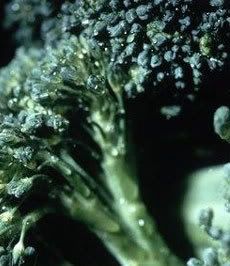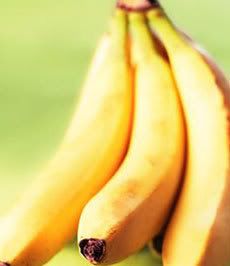
Are you one of those women who never felt like she had the "
maternal instinct"? Are you still nervous that you won't know what to do when your baby cries? Are you still waiting for it to magically kick in now that you're pregnant? Many women experience such anxiety, but researchers are now studying whether maternal instinct may in fact be something we learn and not something we're born with.
One scientist who believes that
mothering behavior is learned and not instinctual is Sarah Blaffer Hrdy, professor emeritus of anthropology at the University of California at Davis and author of Mother Nature: A History of Mothers, Infants, and Natural Selection. Hrdy has studied primates for more than three decades and believes that the desire of a mother to care for a child depends on her desire to be a mother and the amount of time spent bonding together. Although she concedes that maternal responses exist, she believes they are biologically conditioned, but not true instincts. In an interview with Salon.com she said, "A woman who is committed to being a mother will learn to love any baby, whether it's her own or not; a woman not committed to or prepared for being a mother may well not be prepared to love any baby, not even her own."
Hrdy argues that human babies are genetically engineered to convince their parents that they are worth raising, citing the plumpness of human babies (not seen in other primates) and their irresistible smile as examples. And given the right circumstances, even fathers can display maternal behavior, as seen in 1986 when a small boy fell into the gorilla enclosure at the Jersey Zoo in the United Kingdom and was - surprisingly - protected by an otherwise aggressive male silverback gorilla.
According to Hrdy, natural selection is the primary reason that males do not typically display maternal behavior. The paternity of a child can always be questioned, and if a male were to spend his time tending to offspring that were not his own, he could be limiting his own gene pool. But because maternity is never in doubt, females are more naturally inclined to tend to babies.
Hrdy acknowledges that in order to survive, babies must become attached to a caregiver, but she contends that the individual need not be the infant's biological mother. It is simply because of birth and lactation that the baby will probably form its closest relationship with its mother and she in turn will be motivated to care for the baby.
According to Craig Kinsley, PhD, "The mammalian female brain expresses a great deal of plasticity and creativity in service to, and in support of, reproduction. In other words, mothers are made, not born."
Kinsley and his colleagues in the departments of psychology at the University of Richmond and Randolph Macon College have shown that upon
becoming a mother, a female rat's learning, memory, time management and efficiency improve. The brains of these rats actually change to enhance spatial ability and reduce fear and anxiety to help the new mothers care for and protect her offspring. In addition, the new rat mothers developed better hunting skills, taking just 70 seconds to track, attack and kill a cricket, compared to the 290 seconds it took childless rats.
Scientists on the other side of the maternal instinct debate have begun monitoring brain waves of new parents and have discovered maternal brain activity that points to genetic hardwiring. Researchers at Medical University of South Carolina found that mothers had a more widespread reaction to their infant's cries than in response to an unrelated infant's cries, and a greater response than the baby's father. While fathers showed increased activity only in parts of the brain thought to be more involved in thinking, distinguishing between sensations, and motor planning (posterior neocortical and cerebellar regions), mothers showed an increase in those areas as well as the limbic and basal forebrain regions, which are important in emotional responses.
According to Jeffrey Lorberbaum, MD who led the study, "Mothers may be very attuned to their own infant as they activate widespread brain regions including ancient regions believed to be important in rodent maternal behavior. Fathering behavior may be less hardwired and a more recent evolutionary phenomenon as fathers only activate newer regions of the brain involved in sensory discrimination, cognition, and motor planning in response to cries."
However, Hrdy maintains that "maternal responses that are biologically based are surely going on in the human species." But she believes that the bonding that takes place between mother and child occurs due to the flood of chemicals and hormones that occurs during pregnancy and after birth, and deepens the longer the baby is close. But this is not the definition of an instinct and although we may be vulnerable to maternal impulses, we are not "controlled or defined by them."
Learn more:
http://www.parentingweekly.com/pregnancy/breathingspace/vol39/pregnancy_health_fitness.asp




















